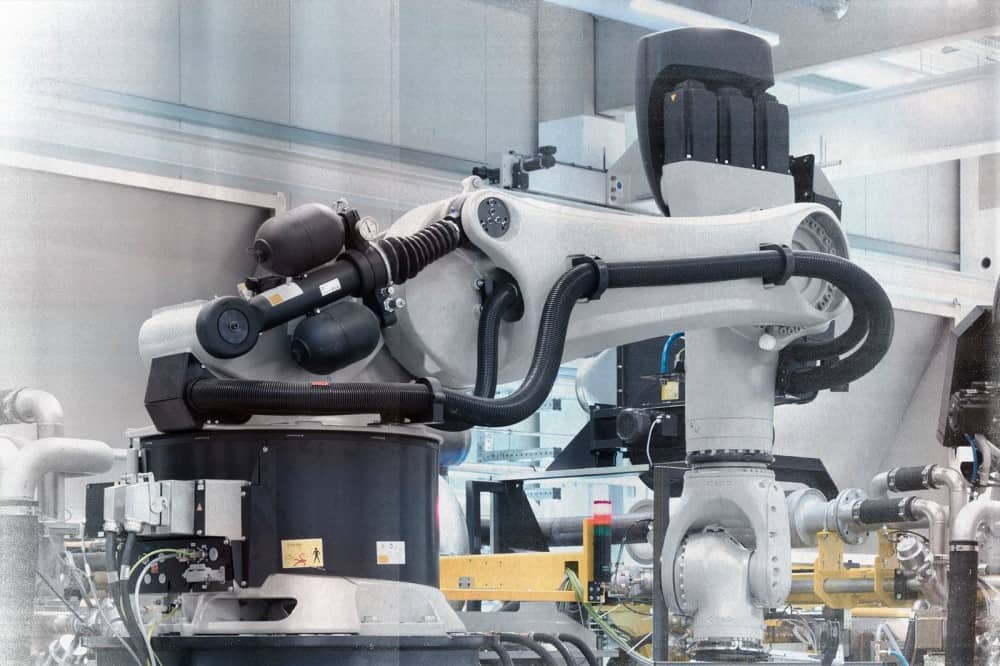
For decades, visibility in the supply chain was a problem that seemed almost impossible to solve. A large retailer — or even a large transportation provider — had to keep track of tens of thousands of shipments from creation to final delivery through largely manual processes like telephone calls and fax machines. Email wasn’t much better: the communication of data still relied on fallible humans, who sometimes passed on the wrong data to the wrong person, often in an unusable format.
It wasn’t until 2000 that GPS technology was completely opened up to civilian applications, and it was 2004 when Qualcomm successfully tested GPS applications on mobile phones.
In the intervening period, visibility solutions have become ubiquitous throughout the supply chain. Now, more data than ever is being generated about the location of transportation assets and shipments — and, perhaps more importantly, supply chain participants have real-time visibility into the status of their shipments. The granular, detailed information that suppliers and shippers now expect might include attributes like temperature, humidity, and security (i.e., seals on a pallet or a locked intermodal container).
The state of the art in supply chain visibility has shifted from “where’s my freight?” to more complex questions based on data analytics. Now companies know more about the efficiency of their partners and can receive estimated ETAs that accurately reflect a combination of historical data and real-time conditions, whether those involve dwell times at a container terminal or highway congestion in a major logistics hub.
Still, challenges remain. Companies have access to more data than ever before, but they don’t have the technology or processes to seamlessly integrate new data into their systems and automatically drive new actions.
For instance, an importer in the United States may receive an alert that one of its shipments on a box ship in the Pacific Ocean, headed to Long Beach from Shenzhen, was compromised when its container was damaged. That alert may arrive in the form of an email in the middle of the night. Hours could pass before anyone reads it, and it may be buried under a host of other automated emails and mundane communications. In the meantime, another vessel is arriving in Shenzhen, but the importer has already burned eight hours and won’t be able to get its freight to the ship in time for the next sailing.
Here’s another example: a truck equipped with a GPS-based visibility solution alerts the shipper that the freight it’s hauling to the shipper’s distribution center will be late. The shipper’s centralized transportation management system makes a note and generates a new appointment time so that the truck will still be considered ‘on-time’, but it does not pass along the information to the receiving facility. When the truck doesn’t show up, there’s a gap in the schedule for unloading, and then the truck arrives unexpectedly late when there are already other unloadings scheduled. The shipper was aware that the truck was going to be late but was unable to adjust its scheduling to keep the freight flowing efficiently through its network.
Slync’s Logistics Orchestration product is designed to bridge the gap between data and action. In music, an orchestra is, of course, a large assembly of different instruments that play together in a coordinated, planned way to achieve a unified outcome. In computing, orchestration is “the automated configuration, coordination, and management of computer systems and software.”
In logistics, orchestration means bringing together data from multiple parties and using it to drive intelligent actions across the supply chain. Logistics orchestration allows upstream suppliers to react instantly to demand signals from end customers and supply chains to function as flexible, interconnected networks rather than rigid, linear conveyor belts.
“We designed our product based upon what we saw as the missing link— the layer that orchestrates the information, systems, people and processes so teams run more efficiently, product flows more seamlessly, and customers are delighted,” said Chris Kirchner, Co-founder and CEO of Slync.
Slync’s integration layer enables the interoperability of legacy enterprise software, a critical part of logistics orchestration. Slync’s logistics orchestration product also enables companies to establish real-time control over their inventories, and communicate instantly with their suppliers and transportation providers, to find the sweet spot between minimizing both stock-outs and excessive inventory carrying costs–costs that are only mounting as e-commerce growth tightens warehouse capacity.
Ultimately, though, logistics orchestration isn’t just about driving inefficiencies out of the supply chain or controlling costs or managing exceptions. The goal is to create a superior customer experience. Companies want to be able to offer their customers an ever-growing array of products they’re interested in, and flexible options for how their purchases are fulfilled. In short, modern retailers must leverage market insights to meet their customers halfway in terms of products and an omnichannel strategy.
By removing the friction from the customer experience, companies generate brand loyalty and create repeat customers who are proven to buy more frequently, spend more, and refer other customers.
Customer demands on retailers and other shippers are only growing in importance and complexity, and international supply chains are becoming more elaborate and costly. In the competition for customer mindshare, logistics orchestration helps companies keep their promises to customers while controlling cost and collaborating more deeply with supply chain partners.
“Slync’s logistics orchestration allows our clients to deploy data from across their supply chains in intelligent ways that move the needle for their customers,” Kirchner said. “The bottom line is that the massive, automated coordination enabled by our platform results in happier customers and faster sales growth.”











